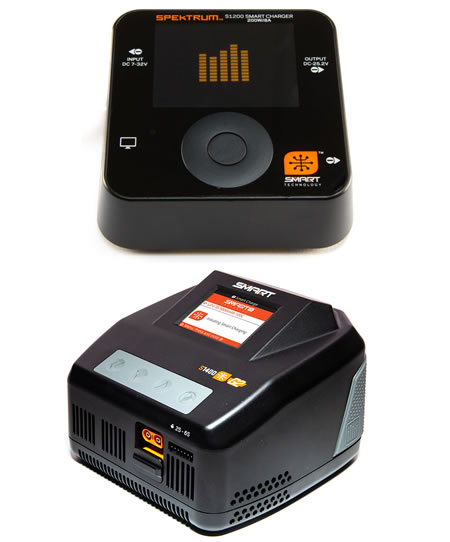ICM 1/35 WWII US Army Kitchen Truck # 35587
The WWII U.S. Army Kitchen Truck, often referred to as a Field Kitchen Truck, was a vital logistical vehicle used during World War II to provide meals for troops stationed in the field.
These mobile kitchens ensured that soldiers were well-fed, even in the most remote and challenging combat environments.
Key Features:
Purpose and Role: The primary role of the kitchen truck was to transport cooking equipment and supplies to feed large groups of soldiers—typically up to 150 men per meal. This mobile solution allowed for the preparation of hot meals, which were essential for maintaining morale and physical endurance in the harsh conditions of war.
Vehicle Platform: These kitchen units were often mounted on the back of durable trucks like the GMC CCKW 2 ½-ton truck, also known as the "Deuce and a Half," or other similar military cargo vehicles. The robust platform ensured that the kitchen could travel over rough terrain, keeping up with advancing troops.
Equipment: The truck was equipped with large stoves, often wood or gasoline-fueled, for cooking in various conditions. These stoves were designed for efficiency and ruggedness.
It carried pots, pans, and utensils for food preparation, as well as large insulated containers known as Mermite cans to keep food hot during transport.
The truck also had water tanks for cooking and washing, ensuring that hygiene standards were maintained even in the field.
Food Preparation: The kitchen truck's cooks were responsible for preparing a variety of meals, often using non-perishable rations like canned goods and dehydrated items, but also fresh produce when available. They prepared staple items such as stews, soups, coffee, and bread.
Mobility: These trucks were designed for quick setup and breakdown, allowing them to move swiftly as the front lines advanced. This mobility was crucial during large-scale movements, enabling troops to receive meals consistently despite shifting battlefield conditions.
Cooking in Combat Zones: The kitchen truck could set up operations relatively close to the front lines, though it was usually positioned in safer rear areas. Despite the war's dangers, the ability to provide soldiers with warm food was a key logistical priority. Meals often included items like meat stews, biscuits, vegetables, and coffee—substantial enough to sustain soldiers in combat.
Adaptations: The kitchen trucks had to adapt to different terrains and climates, from the snowy conditions of Europe to the hot and humid jungles of the Pacific. Cooks were resourceful in managing supply shortages, improvising meals, and dealing with the logistical challenges of war.
Impact on Morale: The importance of the kitchen truck went beyond nourishment—it was seen as a symbol of home and comfort amidst the chaos of battle. Soldiers often looked forward to these hot meals after days of cold rations or strenuous combat.
Legacy:
The WWII U.S. Army Kitchen Truck is remembered as an essential component of the military's supply chain.
Its presence on the battlefield ensured that troops could rely on nutritious, hot food even in the most difficult conditions, which was crucial for both their physical and mental well-being.
The field kitchen concept would evolve after the war, but the trucks used during WWII are still iconic symbols of the army's logistical ingenuity during one of the most challenging periods in modern history.























 Spread the cost with Paypal Credit
Spread the cost with Paypal Credit
 Spread the cost with Klarna
Spread the cost with Klarna





























